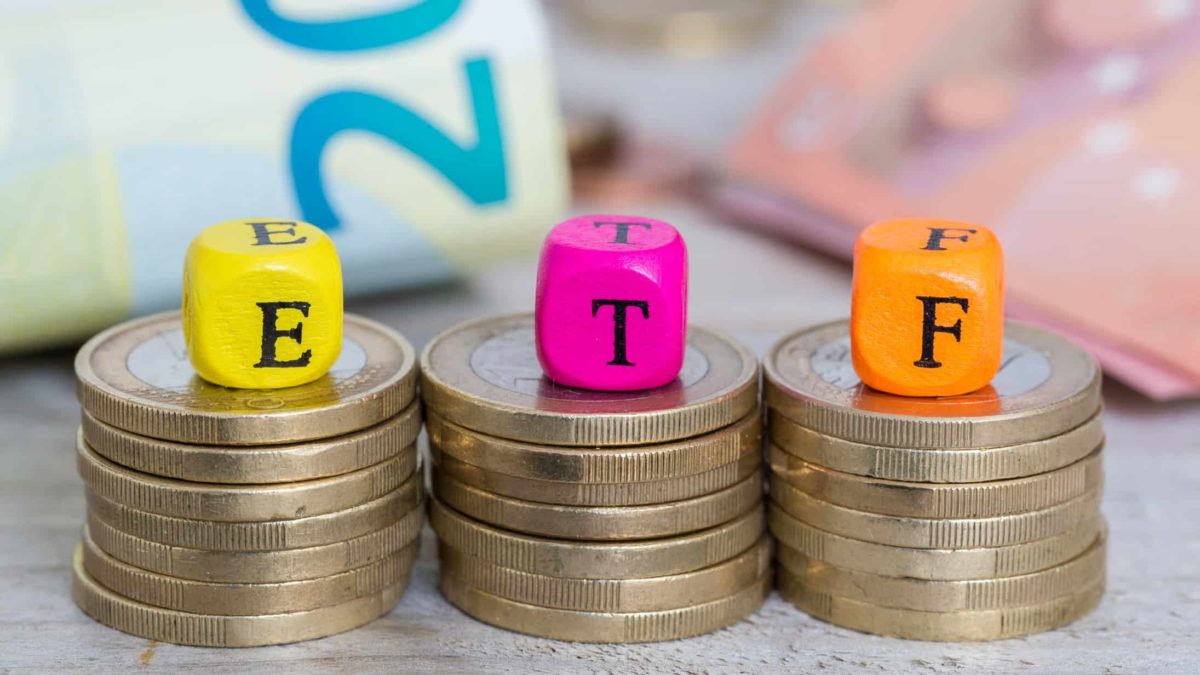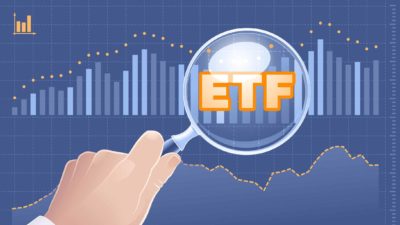Australian investors have increasingly invested in US shares via ASX exchange-traded funds (ETFs) over recent years.
Scores of ASX ETFs are catering to this demand, and some have just announced their next round of distributions (or dividends).
Here are three examples.
3 ETFs reveal next distribution payments
Vanguard US Total Market Shares Index ETF (ASX: VTS)
The Vanguard US Total Market Shares Index ETF tracks the CRSP US Total Market Index (NASDAQ: CRSPTM1) before fees.
It provides investors with exposure to about 3,600 companies on the US share market.
Vanguard has announced that the ASX VTS will pay investors 98.54 US cents per ETF unit held, on 29 April.
Based on today's exchange rate, that equates to about AU$1.56 per ETF unit held.
Vanguard will convert the distribution amount into Australian currency at the going rate on 22 April.
The ex-dividend date was yesterday, and the record date is today.
iShares S&P 500 ETF (ASX: IVV)
The iShares S&P 500 ETF tracks the S&P 500 Index (SP: .INX) before fees.
This means it seeks to mirror the performance of the 500 largest companies listed on the US share market.
ASX IVV was the most popular equity purchased by Aussie investors via the online trading platform Stake last year.
iShares has announced that the ASX IVV will pay shareholders an estimated 16.016090 AU cents per unit held, on 9 April.
iShares will confirm the distribution amount on 31 March.
The ex-dividend date is today, and the record date is 31 March.
iShares S&P Small-Cap ETF (ASX: IJR)
The iShares S&P Small-Cap ETF aims to track the performance of the S&P Small-Cap 600 Index before fees.
This ASX ETF provides exposure to 600 small-cap companies listed on the US stock market.
iShares has announced that the ASX IJR will pay shareholders an estimated 45.889049 AU cents per unit held, on 9 April.
iShares will confirm the distribution amount on 31 March.
The ex-dividend date is today, and the record date is 31 March.
Why are Aussie investors attracted to US shares?
The US market has delivered exceptional returns over the past two years, and this has inspired many Australians to invest.
Last year, the S&P 500 delivered a total gross annual return (including dividends) of 25.02%, according to S&P Global data.
This compares to a respectable but inferior return of 11.44% for the S&P/ASX 200 Index (ASX: XJO) last year.
Looking ahead, US shares may not deliver anywhere near these impressive returns in 2025.
Concerns about economic growth recently prompted Goldman Sachs to downgrade its forecast returns for the S&P 500.









